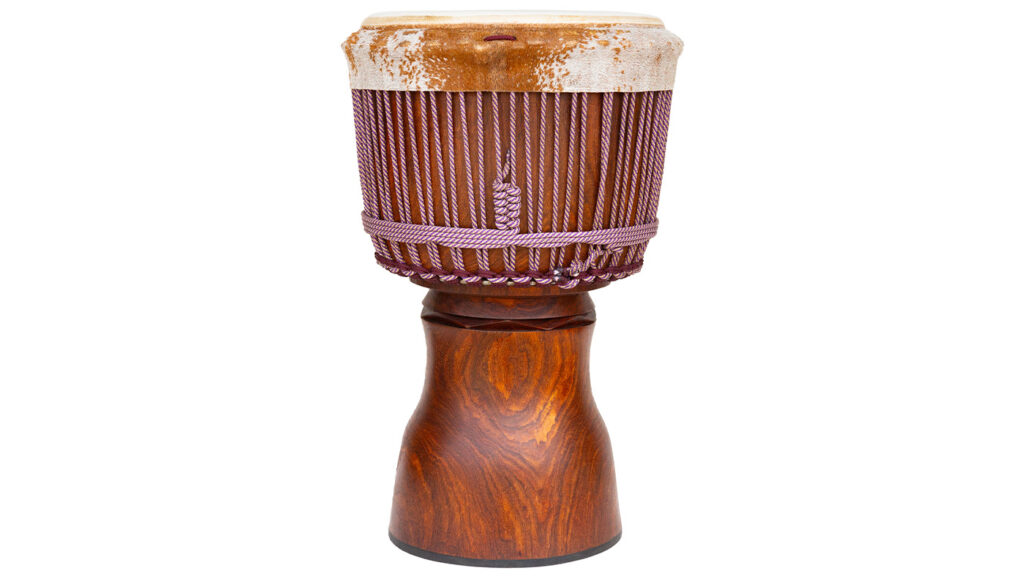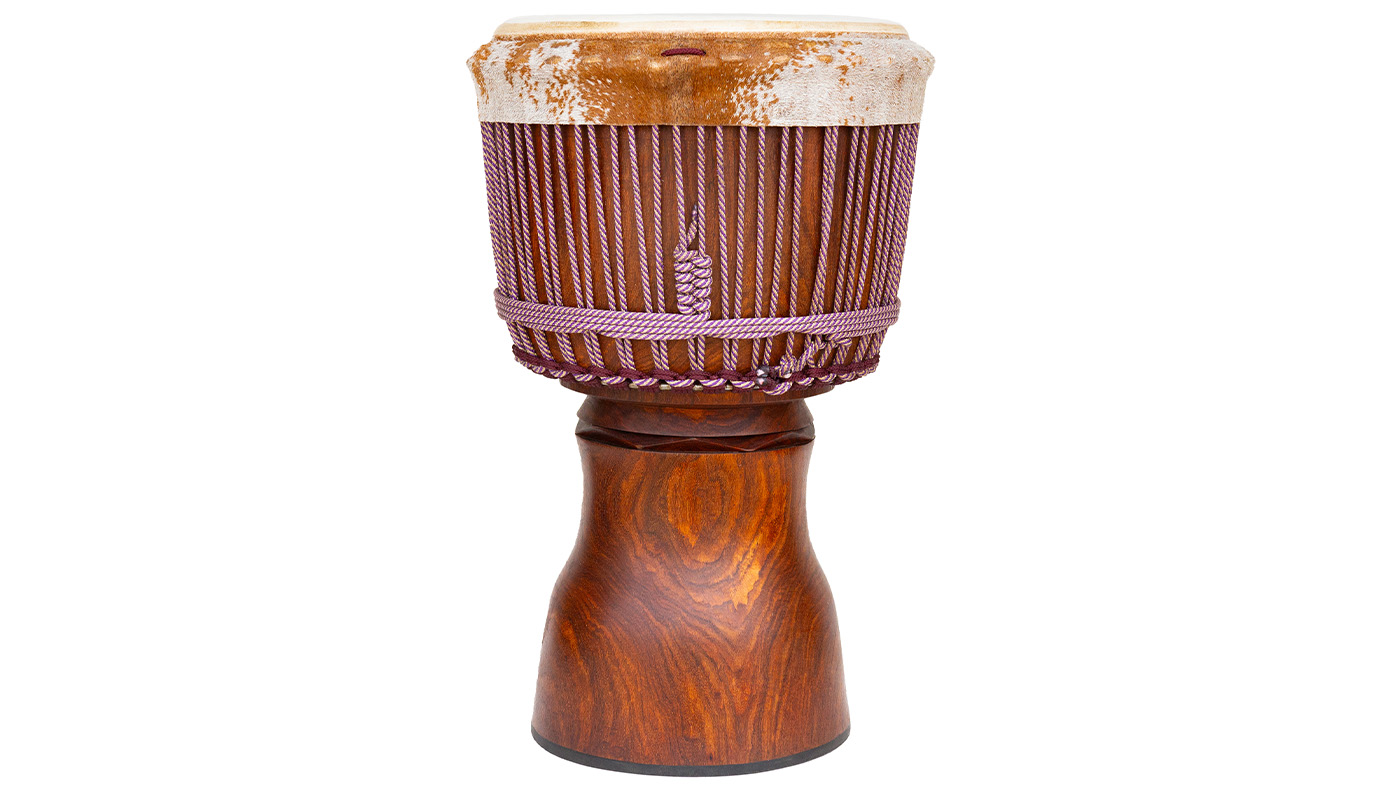The Fascinating Impact of Drumming on Listeners
Drumming holds a unique place in the tapestry of human emotion and collective experience. There’s a universal power that resonates when we hear the rhythmic beats of hand drums; it stirs something deep within us. Interestingly, this reaction is never neutral.
The Universal Appeal of Rhythm
It’s captivating to observe how diverse age groups respond to drumming. For instance, babies and young children are often drawn to the infectious beat of the drums. Their joy and excitement are palpable, embodying the pure, instinctual connection to rhythm that we all carry within us. As we grow, however, our reactions can become more complex. Older individuals may exhibit varied responses—some may feel nostalgic and uplifted, while others might express discomfort or annoyance.

The cultural context also plays a crucial role in shaping these reactions. In my travels, I’ve experienced a wide range of responses to drumming in different countries. For instance, while playing in a park in Amsterdam, we encountered a resident who was less than pleased with our performance. Conversely, in India, the atmosphere was filled with appreciation and excitement; people were captivated by the sounds. A similar contrast unfolded in Thailand, where an older woman, despite our agreed-upon performance, expressed her discontent, following us through the market with a string of complaints.
These experiences underscore an intriguing aspect of drumming: its ability to evoke emotion, sometimes leading to passionate reactions, both positive and negative.
A Sound with Duality
What I find particularly fascinating is the disparity in responses to different sounds within public spaces. For instance, the incessant noise of a jackhammer or the mechanical buzz of a saw often fades into the background of our daily lives, unnoticed by most. Yet, when a group of musicians starts to play, it can easily disturb someone’s peace. I once had a neighbor come to express her frustration about a band rehearsal. Interestingly, I was oblivious to her complaints, as the thumping of the jackhammer next door significantly overshadowed our music.
This phenomenon raises questions about perception and control. For some individuals, sound becomes an infringement upon personal space and serenity, particularly when they feel they cannot control it. I remember a situation where I was drumming on the rooftop of my apartment building, only to be met with resistance from a neighboring resident who insisted I cease playing altogether. I proposed a compromise, asking if there might be a time when she typically left the house. The amusing yet stark reality was that she hardly ever ventured out. This encounter highlighted how deeply entrenched our responses can be, even leading to extreme reactions to something as joy-filled as drumming.
A Tool for Healing
While it’s important to acknowledge these varied responses, I want to shift the conversation from complaint to curiosity. The psychological impact of drumming is a subject worth exploring, especially as hand drumming increasingly emerges as a therapeutic tool across various settings. From sound healing ceremonies to wellness sessions in retirement homes, drumming has proven to have a profound impact on well-being.
But why does it seem to work harmoniously in controlled environments while eliciting opposition in more spontaneous settings? The key lies in the context and the intention behind the sound. In structured settings, drumming often has a purpose: to heal, to connect, and to create community. Participants are usually open to the experience, which fosters a sense of belonging and calm. They know what to expect and are prepared to engage with the rhythms, allowing the beats to wash over them in a therapeutic manner.
In contrast, spontaneous or public drumming may disrupt routines or expectations for others, leading to resistance. People may feel caught off guard or unable to relate to the experience, prompting them to voice their discomfort.

Exploring the Psychology of Sound
This juxtaposition invites a deeper exploration of our psychological relationship with sound. It encourages us to consider how drumming can serve as a powerful emotional outlet, connecting individuals to their feelings, memories, and even to others in a shared communal experience.
In conclusion, drumming is more than mere sound; it’s a reflection of our shared humanity, capable of uniting or dividing us. By fostering discussions about its impact and exploring the layers beneath our reactions, we can gain insight into ourselves and one another, ultimately celebrating the joyous world of rhythm. Let’s continue to embrace the vibrancy of drumming as we navigate these diverse emotional landscapes, fostering an understanding that honors both the power of the beat and the intricacies of our responses.

